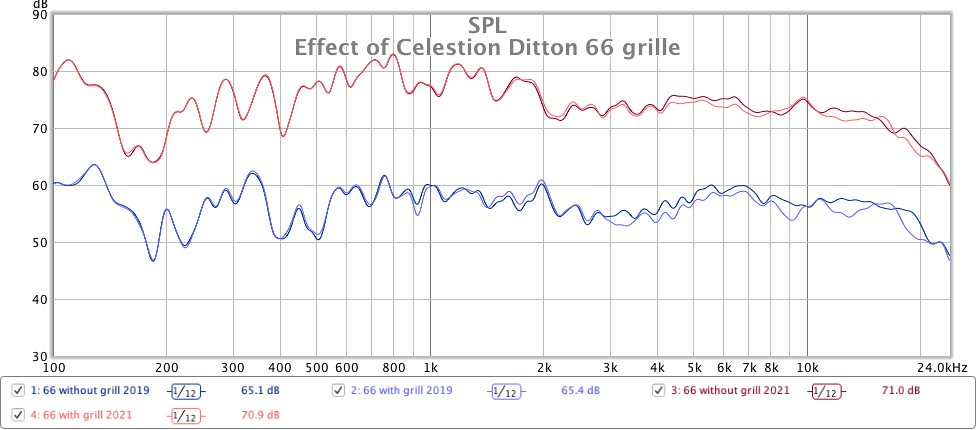They do have too much midrange relative to treble. The MF500/MD500's raw response itself isn't linear (it's shelved up towards the low mids and shelved down towards the presence region), and AFAICT the crossover makes no attempt to correct for this. However, if working to spec the MF500/MD500 driver is low distortion, and a simple notch EQ filter to lower the 500Hz-2kHz by 2-3dB works wonders to smooth out the response. Of course not everybody has the facility to EQ.
If the midrange is 'honky' in the sense that there is audible resonance or harmonic distortion then this would point to a fault with the driver. Apparently the glue securing the dome can fail over time and cause buzzing, and this process can be expedited by driving the speakers too hard especially if the MF capacitor has gone out of spec and is passing too low a frequency to the mid.


